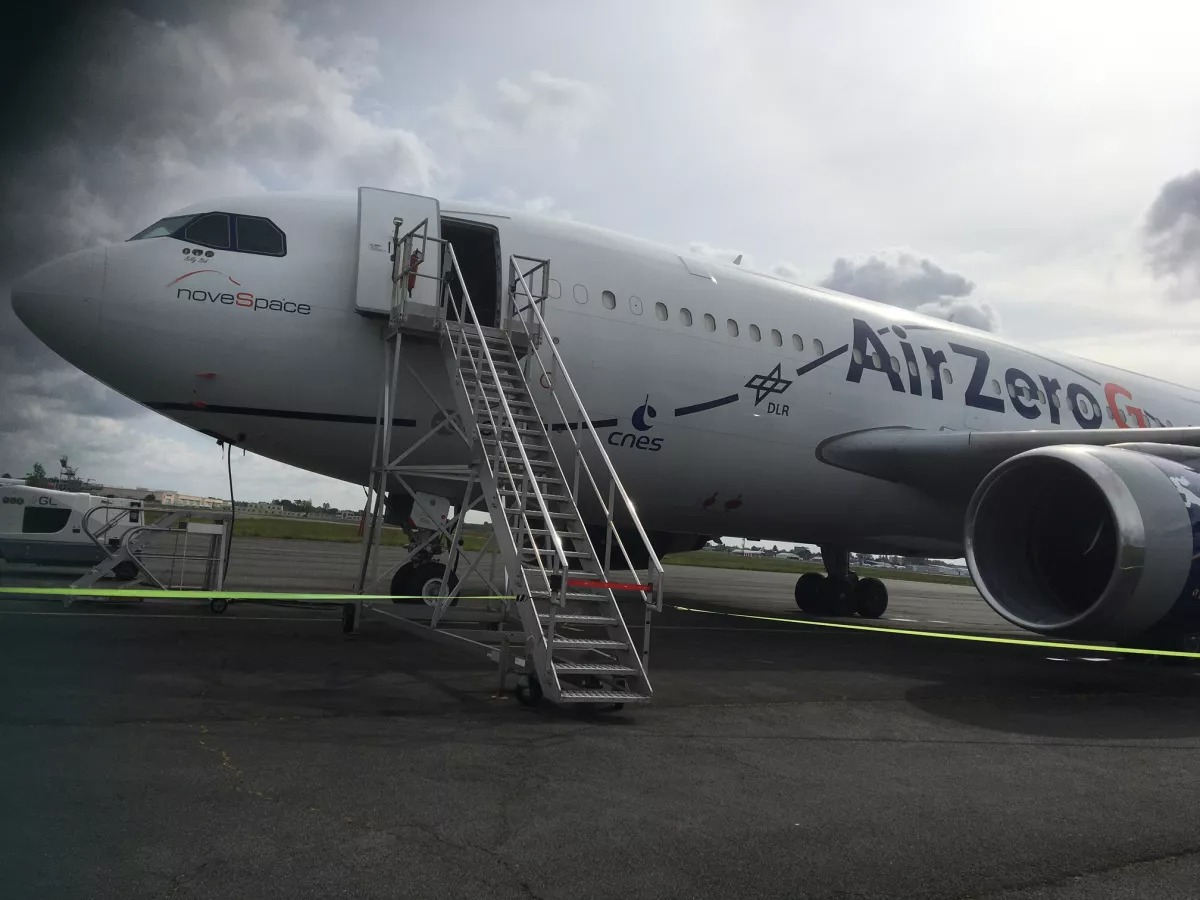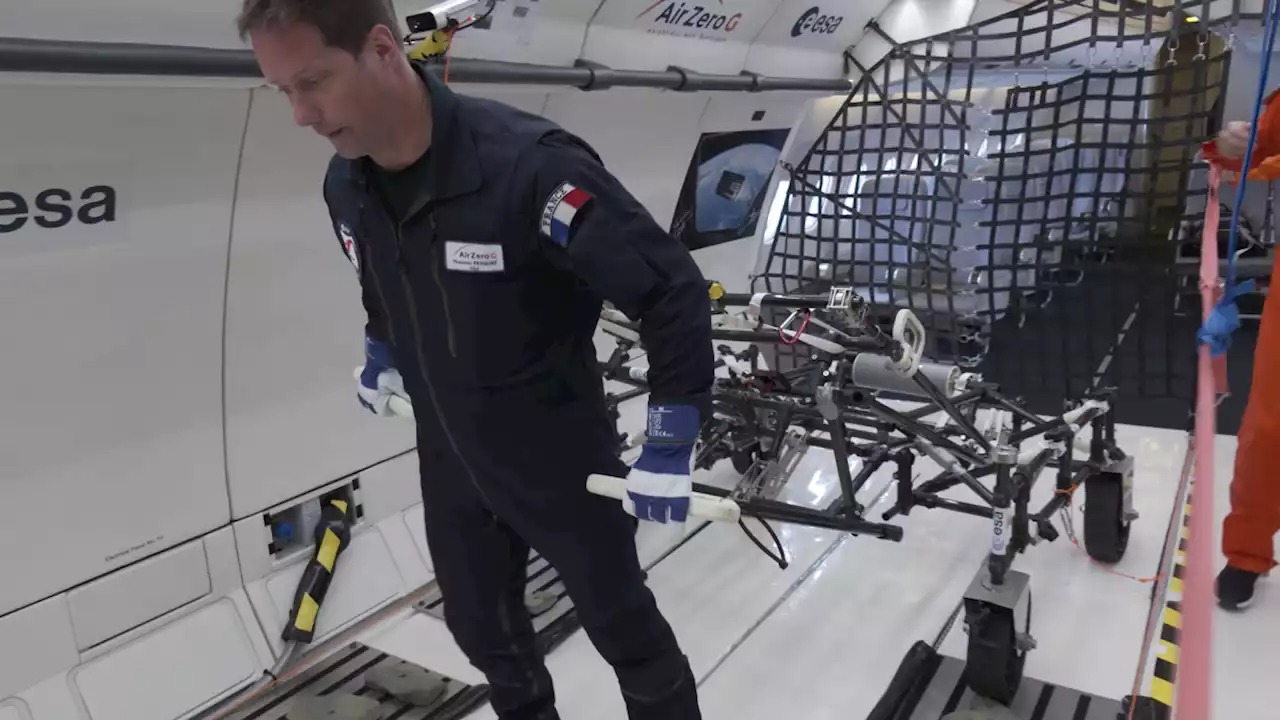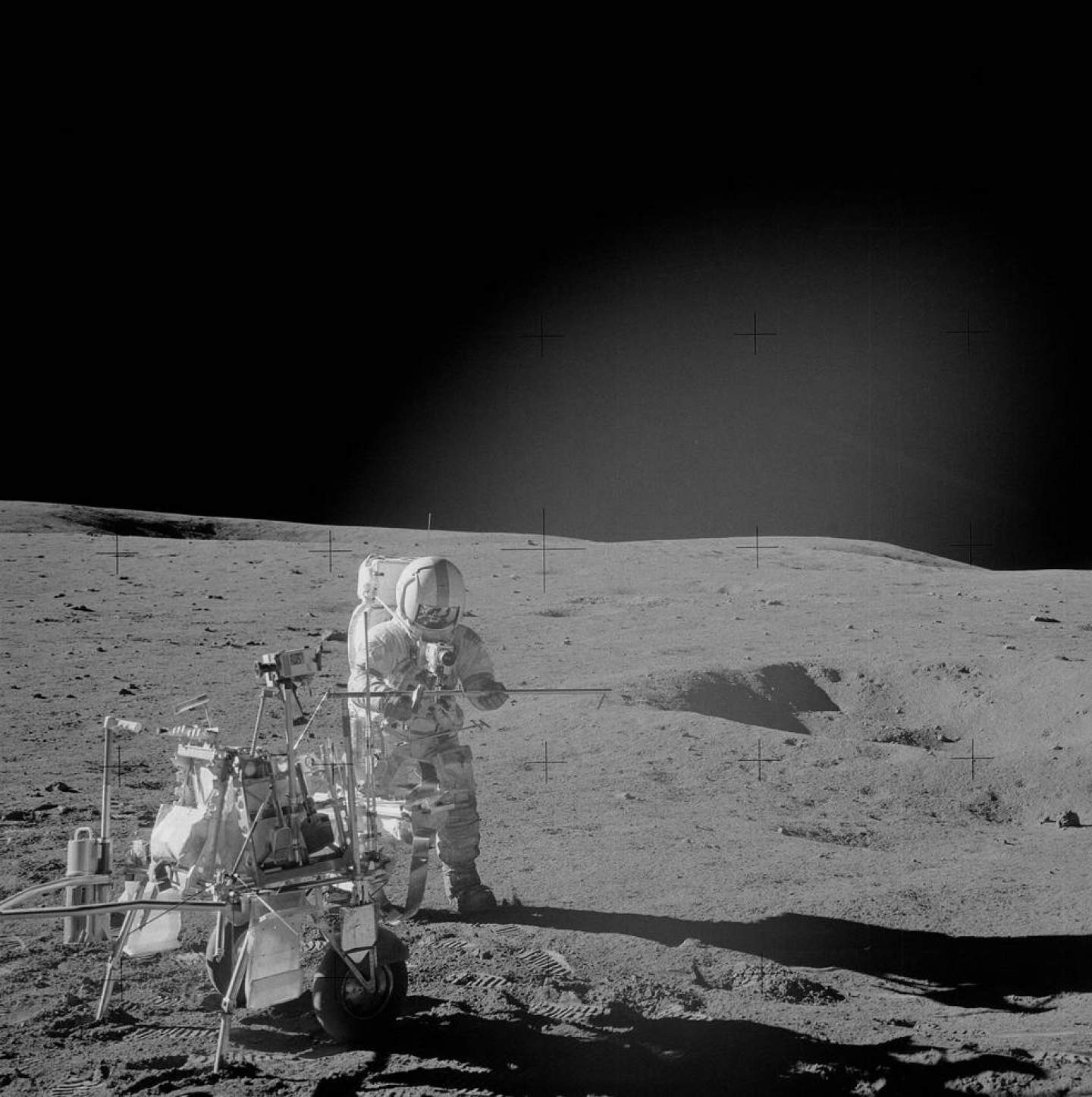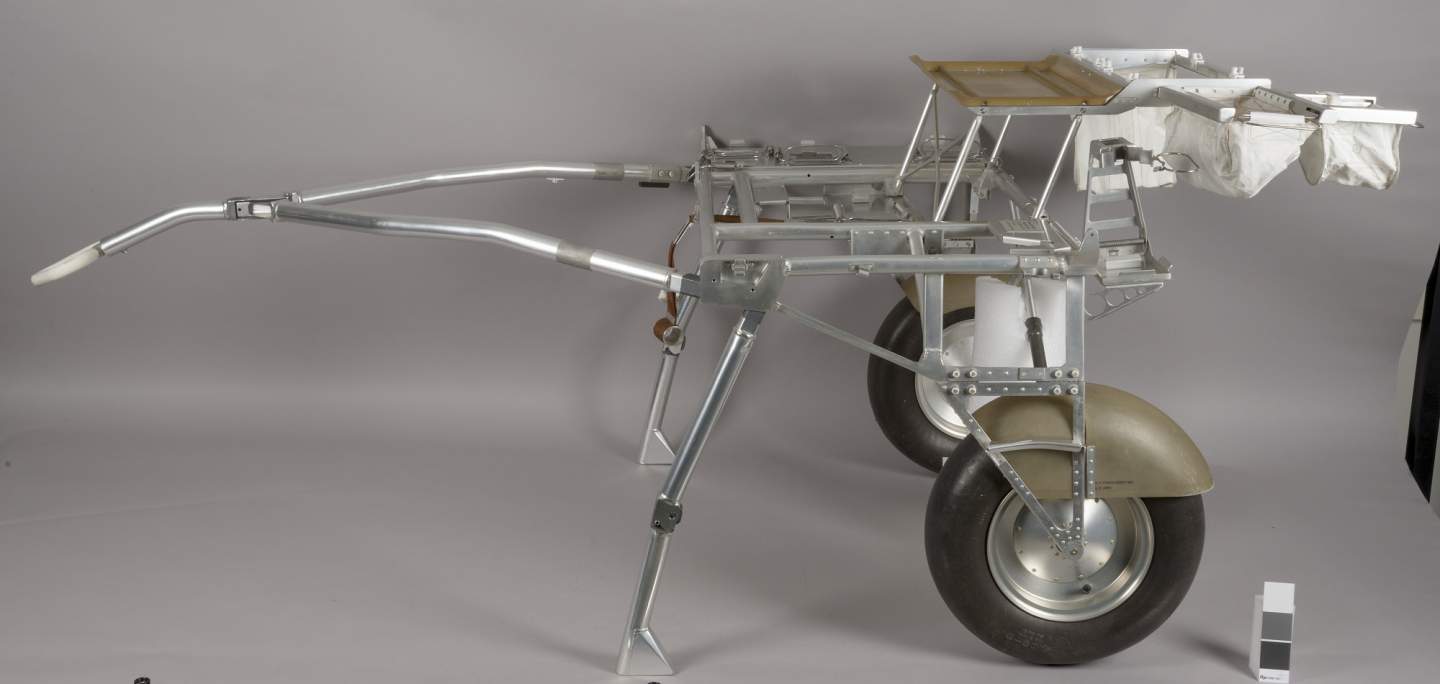European scientists have used a parabolic flight simulating lunar gravity to test a transport similar to a wheelbarrow, the purpose of which is to help astronauts transport payloads on the Moon. The wheeled vehicle is called LESA, or Lunar Equipment Support Assembly. It is being developed by a team of researchers at the European Astronaut Center in Cologne.

At first glance, LESA may seem like just a more high-tech version of an ordinary wheelbarrow for the bazaar. But in fact, this wheelbarrow requires a lot of testing and fine-tuning. This is because driving such a wheelbarrow on the Moon, where gravity is only 1/6 of Earth’s, can be somewhat difficult, especially in a spacesuit.

“This equipment should be able to carry on top of it payloads, tools, spacewalk tools, cameras, antennas — anything that you would need on a worksite on the moon,” explains Hervé Stevenin, chief instructor of European astronauts behind the European Space Agency (ESA).
For testing, the ESA team of engineers and astronauts used a specially designed Airbus A310 aircraft operated by the French company Novespace. This aircraft, which in the past has been used to transport former German Chancellor Angela Merkel, is the only aircraft in the world capable of performing parabolic flights simulating the conditions of lunar and Martian gravity.
“We want to test how an operator, an astronaut in lunar gravity, will walk with this type of a locomotion while pushing or pulling this type of equipment and how the equipment will react on an uneven terrain. This will give us some feedback to improve the future generation [of our vehicle] and see whether it’s better with four wheels or three wheels, with one handle or two handles” said Stevenin.
Researchers know that wheeled vehicles on the Moon become very unstable on uneven lunar terrain because the Moon’s gravity is not strong enough to keep them near the surface. A similar two-wheeled MET wheelbarrow had previously been used during the Apollo 14 mission in 1971. Then it turned out that astronauts sometimes found it hard to maintain the stability of such a wheelbarrow on difficult terrain.


The ESA engineering team hopes to expand their tests in the future by adding a virtual reality dimension that will allow the subjects not only to work with equipment in lunar gravity, but also to feel that they are doing it on the Moon thanks to a VR headset and special gloves.
According to Space
Follow us on Twitter to get the most interesting space news in time
https://twitter.com/ust_magazine

